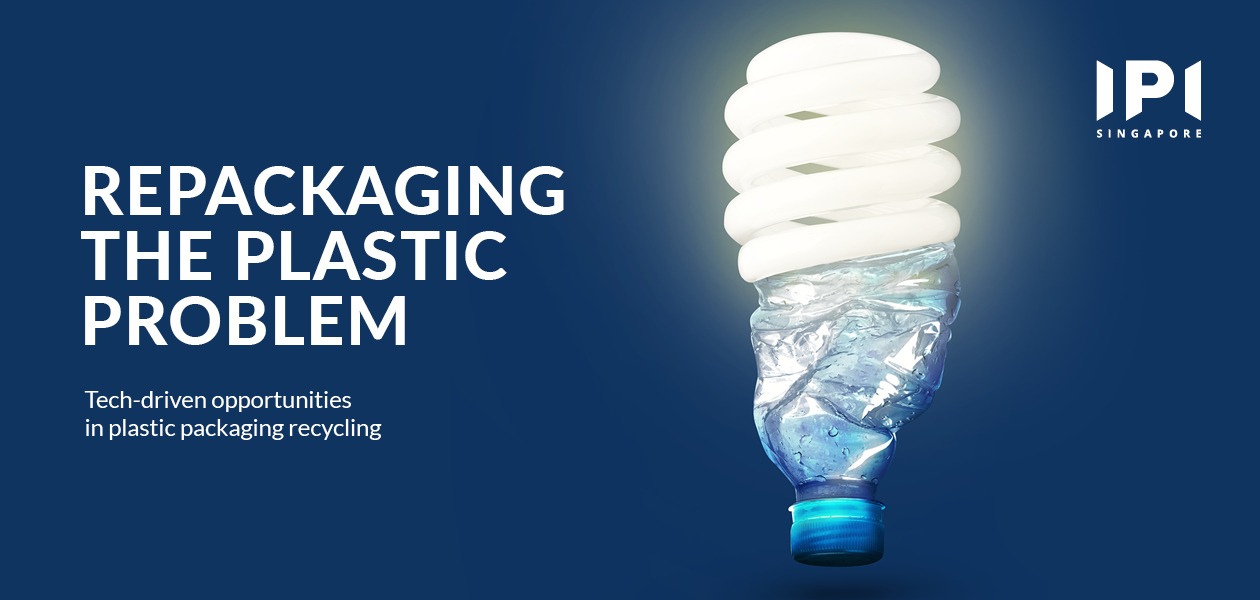Exploring the challenges and tech-driven opportunities in plastic packaging material recycling
Download our white paper to find out how new technologies and global collaborations can address the growing plastic waste problem.
Nearly two centuries after its discovery in 1869, plastic has found its way into nearly every industry and countless products that we use every day. Its popularity, however, has created an environmental crisis. Nearly 8.3 billion tonnes of plastic have been produced since the 1950s, with most of these ending up in the trash. Of this plastic waste, a whopping 91 percent has not been recycled.
With countries like China severely restricting the import of plastic waste since 2018, the pressure is rising for governments and companies alike to sustainably manage plastics. Mechanical recycling is the most widespread and economical method used today, but it requires careful waste sorting and cleansing before any actual recycling can be done. Mechanically recycled plastics are rarely used in industries like food and beverage sector due to the possibility of contamination.
These limitations have inspired experts to find other methods that can deal with diverse plastic streams for value-added use. In our white paper, Repackaging the Plastic Problem, we shine a spotlight on these technologies, as well as the partnerships and opportunities arising to scale up these solutions around the world.
Understanding the plastic value chain
While plastic may be ubiquitous in our everyday lives, few people are acquainted with the long and complex life cycle each plastic product goes through. Most plastic products begin as crude oil, which petrochemical plants transform into resins called virgin plastics. These virgin plastics, which come in the form of pellets or flakes, are then combined by plastic processors with other materials to customise their properties for specific uses.
Plastic processing is specifically carried out by packaging producers that craft the bags and wraps used to package and seal products, which form a significant percentage of the plastics seen lining a retailer’s shelves. When these products are bought and their plastics discarded, the recycling process can begin anew given that proper collection and disposal mechanisms are in place.
Emerging technologies
Despite its advantages, mechanical recycling possesses several drawbacks, some of which we mentioned earlier. We foresee that new methods based on chemical recycling hold the key to the creation of energy-efficient and environmentally-friendly solutions that mechanical recycling fails to provide.
The term chemical recycling encompasses different techniques united by the fact that they break down plastics into basic building blocks using solvents or heat. This makes them capable of handling mixed streams of plastic and even producing feedstocks as good and valuable as virgin plastics. These techniques include pyrolysis, which breaks down plastics using high temperatures into pyrolysis oil that can be refined into high-value feedstocks.
In Repackaging the Plastic Problem, we present an overview of the existing and emerging technologies used to recycle plastic waste, as well as their place within the plastic packaging value chain. In doing so, we hope to identify the gaps and opportunities for businesses seeking to make waves in the plastic recycling industry.
To find out how you can be part of this global movement to solve the plastic problem, download our white paper now.


